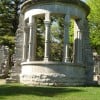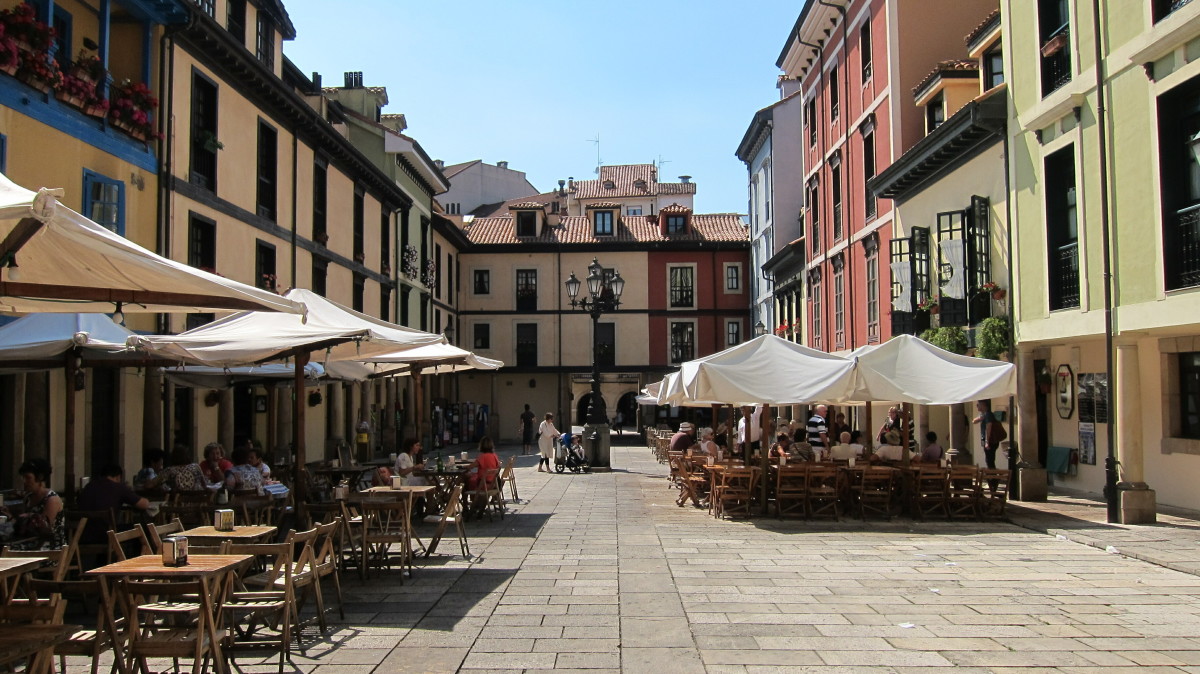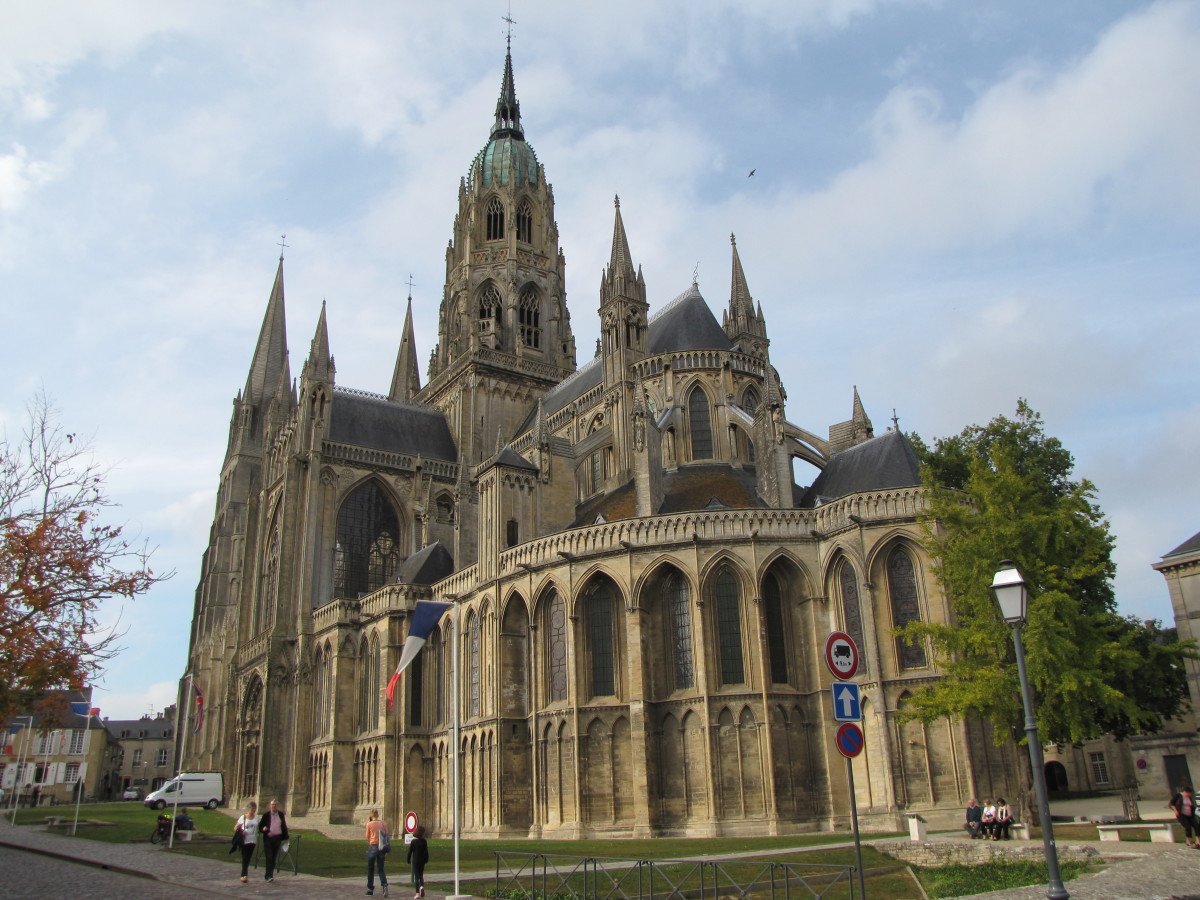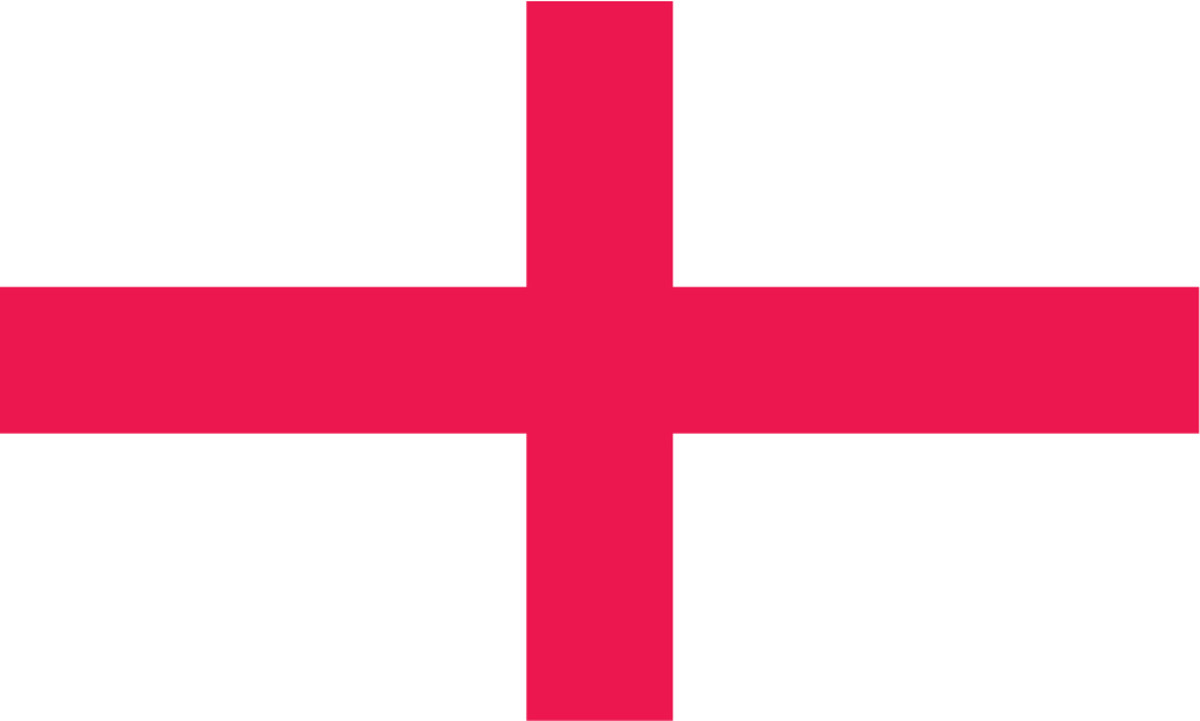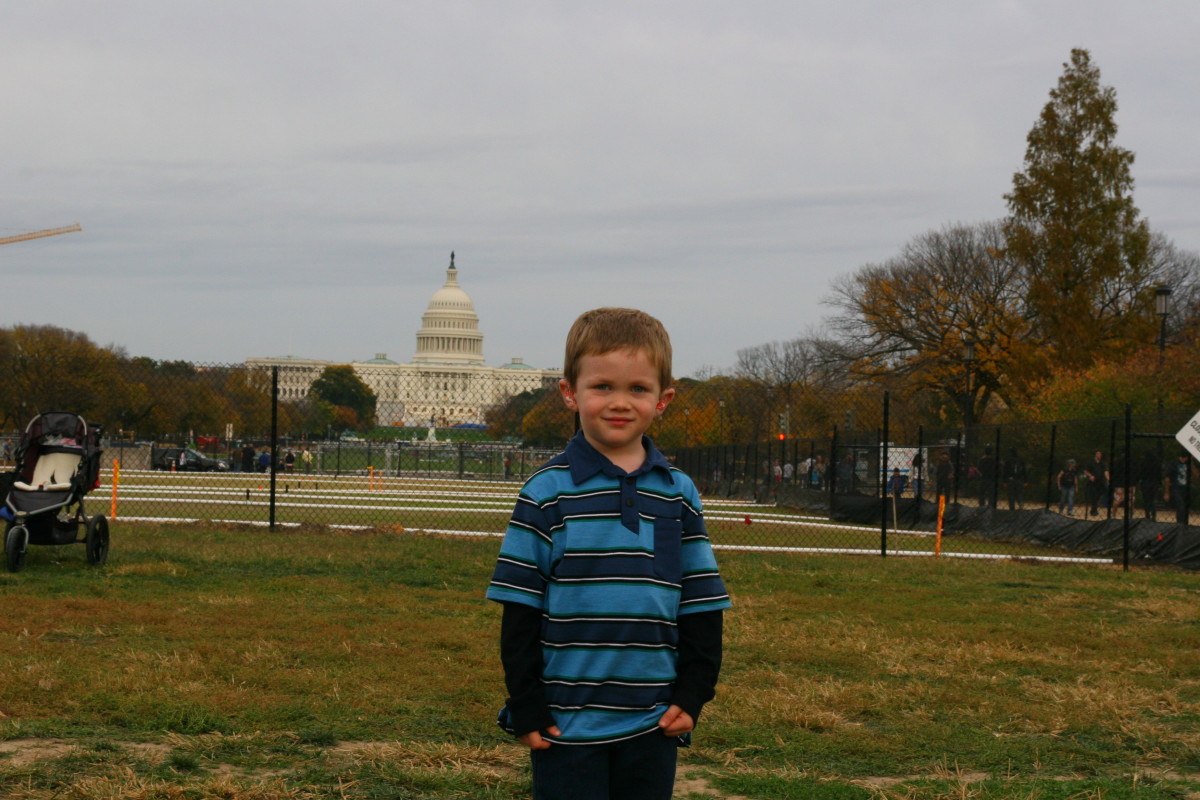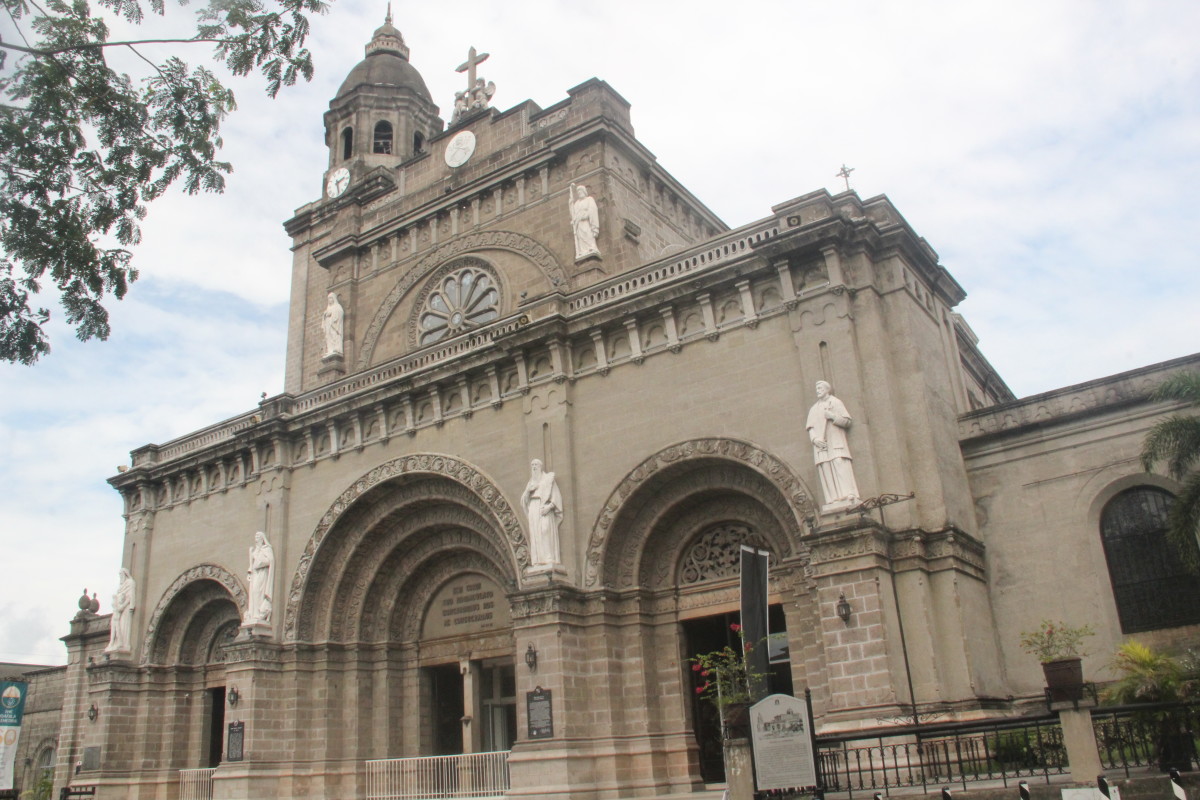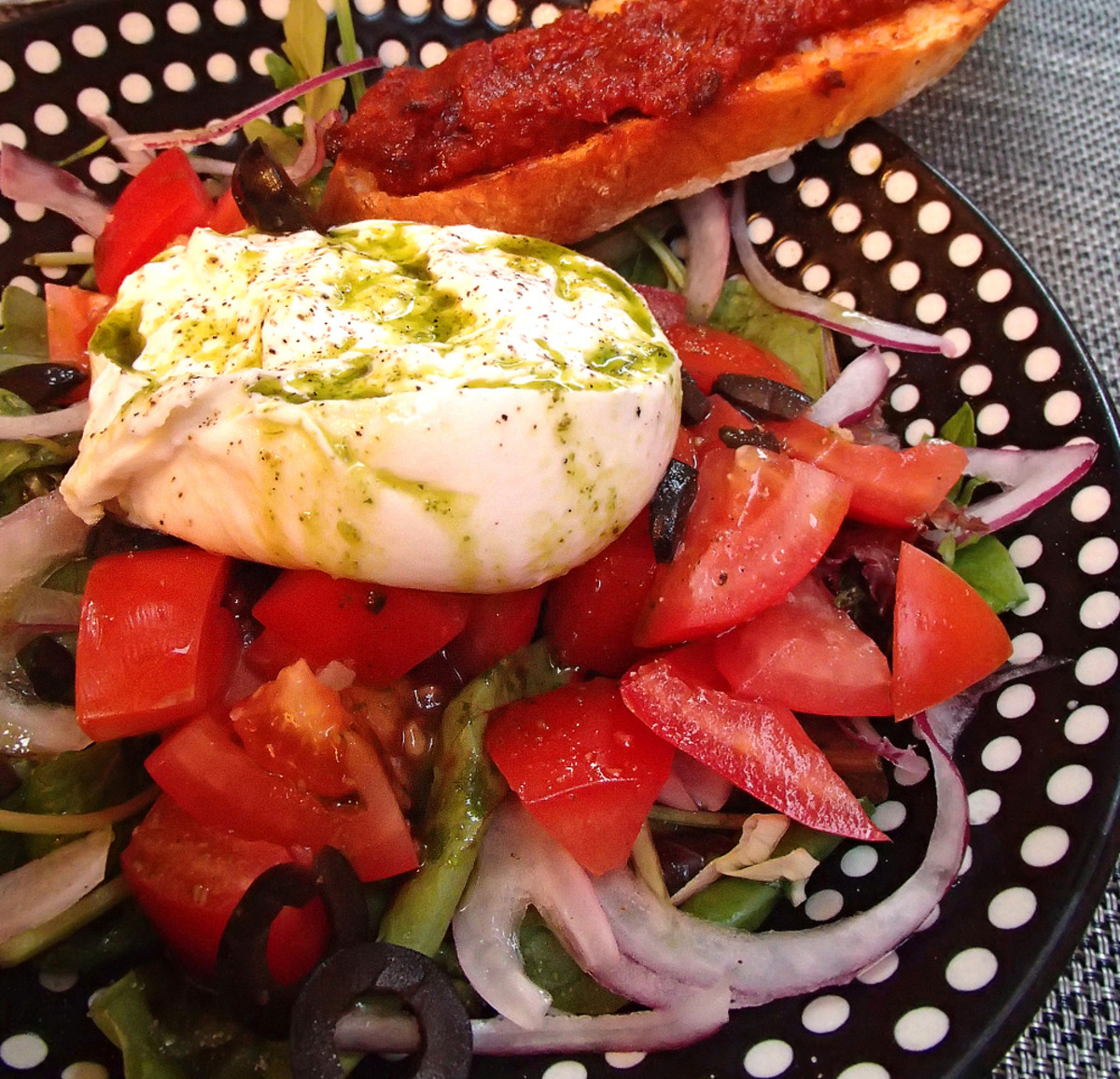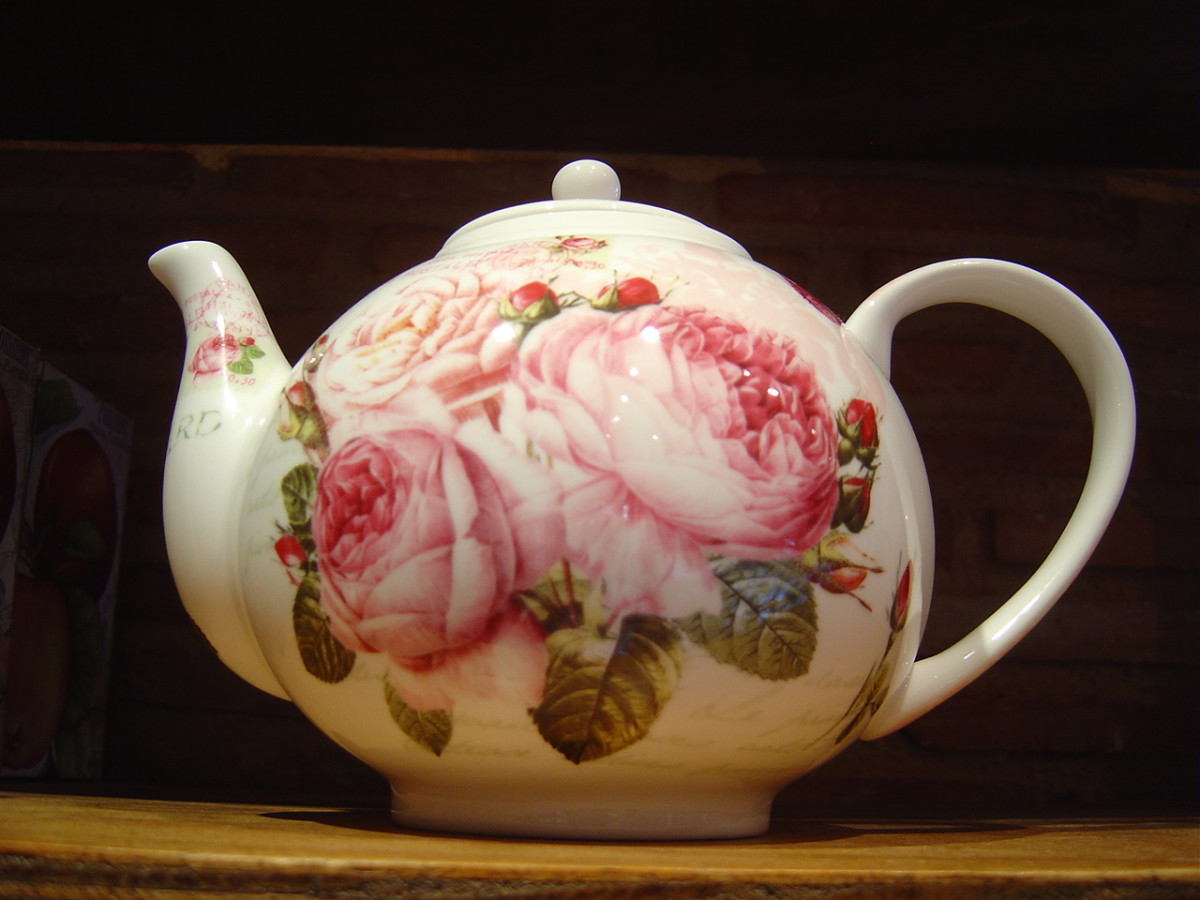Visiting Steenwerck, France: Romanesque-Byzantine monumentality in a Flemish town heavily marked by World War One

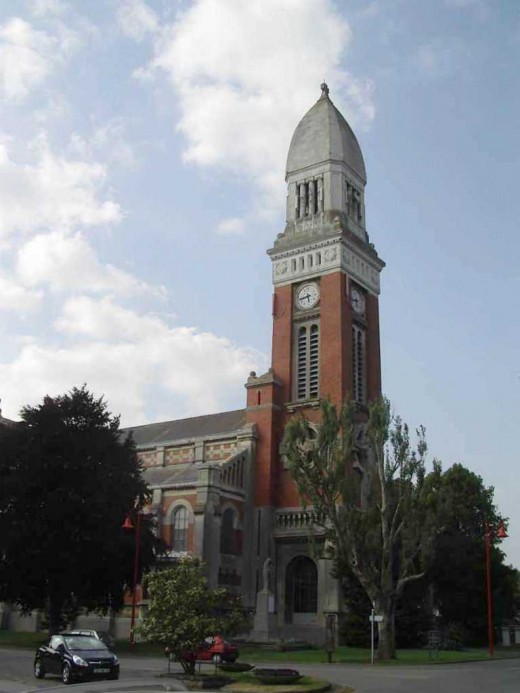
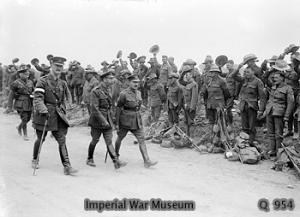
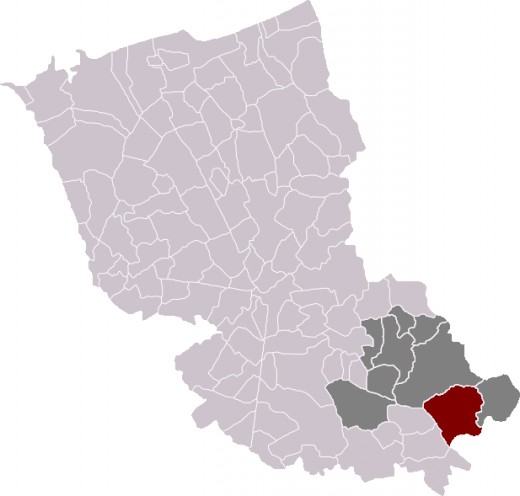
Striking architecture in a town deeply marked by World War One
This church building at Steenwerck, near the Lys River, in France's Nord department, is a noted structure in Romanesque-Byzantine style. (The name 'Steenwerck' is of Dutch origin. However, in the Dutch language, the conventional spelling for the town's name is 'Steenwerk'.) This building is marked by a monumental tower.
Some history of the church and town
Built in 1923, it replaced a previous structure which underwent the widespread devastation from the effects of World War One. The work was the responsibility of Armand Lemay, an architect from Lille. (Architect Lemay is also known for work on Art Nouveau -style buildings in that city.)
The building is also noted for stained glass windows by Pierre Turpin.
Some traces of the previous church building, dating from the 16th century, survived the war damage. It is believed that a 12th century church building stood on the site of the current structure.
Many troops from the British Empire were stationed in the locality in World War One. I have included a photograph showing King George V visiting Steenwerck inspecting New Zealand troops. Within walking distance of Steenwerck is the Belgian town of Nieuwkerke (1), where there is a Commonwealth War Cemetery, which I have also visited, in which the remains of fallen New Zealanders are buried.
Steenwerck itself has both Commonwealth and German military cemeteries.
Visitors spending time in this district, as also in many areas of Flanders (2), are likely to come away struck by the deep effects of the World War One which the area underwent.
Notes
(1) This Dutch-speaking town in the Belgian state of Flanders is often referred to in accounts of World War One as Neuve-Eglise, its French form which was formerly used widely.
(2) 'Flanders' (French: la Flandre / les Frandres ; Dutch: Vlaanderen ) is a general name for a large, historic region in northern France, Belgium and a small part of The Netherlands. It is generally used in Belgium more specifically to refer to the state of Flanders in the north of the country, which, when written in French, is usually in the singular: la Flandre .
Also worth seeing
In Steenwerck itself, there is a museum of rural life. A Flemish House (French: Maison flamande ) in neo-Gothic style, has an ornate, gabled frontage. A regular procession of Flemish Giants, by way of popular festivals in Flanders, is held in Steenwerck. There is also a thriving ceramic industry locally, the artisans connected with which hold periodic exhibitions.
Armentières (distance: 8.9 kilometres); its Town Hall has a significant belfry. The Meadows of Hem nearby, close to the Belgian border, are a popular recreational area.
...
How to get there: Brussels Airlines flies from New York to Brussels Airport (Brussel Nationaal / Bruxelles-National ), from where car rental is available. Brussels is the nearest large airport to Steenwerck (distance: 155 kilometres). Please note that facilities may change without notice. For up to date information, please check with the airline or your travel agent. You are advised to refer to appropriate consular sources for any special border crossing arrangements which may apply to citizens of certain nationalities.
MJFenn is an independent travel writer based in Ontario, Canada
Other of my hubpages may also be of interest
- Visiting France's Meadows of Hem and their artificial lake: submerged memories and the proximity of
- Visiting Ploegsteert, Belgium: memories of World War One sacrifice and of Sir Winston Churchill
- Visiting Renescure, France and its castle: on the traditional borderland of Flanders
- Visiting Comines, France: recurring, late Medieval cadences of Philippe de Commynes
- Visiting Sainte-Marguerite, Comines, France: rural hamlet with memories of the Crusades
